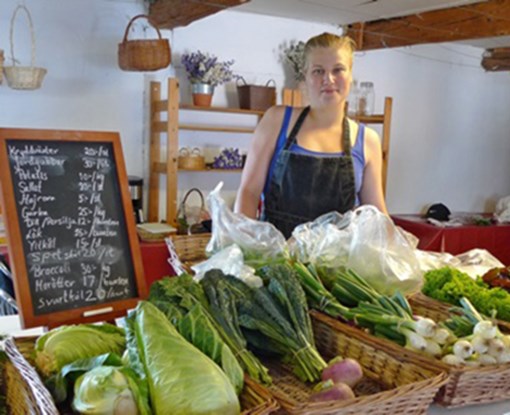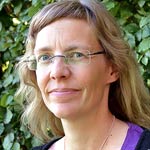A viable countryside with access to labor, jobs and welfare services is a current societal issue. The scope of entrepreneurship in rural areas is an aspect that may be important for the vulnerability of rural municipalities. The purpose of the report is to develop knowledge about women's entrepreneurship in rural areas, which can form the basis for stimulating rural development, gender equality and further research, for example through qualitative research methods.
Using a database study, the scope and nature of women's entrepreneurship in rural areas are described and analyzed. To some extent, similarities and differences in entrepreneurship between women born in Sweden and women born abroad, as well as between women and men, are also studied. Entrepreneurship is more extensive among employed women in rural areas than among employed women in urban areas. The differences in the extent of women's entrepreneurship are small between different types of rural municipalities - those that are remote, very remote or located close to a larger city. The results rather indicate that it is the municipalities' business character or tradition of entrepreneurship that determines the proportion of entrepreneurs per employee.
The survey indicates that unemployment can be an incentive for entrepreneurship - somewhat stronger for foreign-born women than for women born in Sweden. Forest management and mixed agriculture are among the most common industries for both women and men in rural areas. In other respects, however, entrepreneurship is very gender segregated with regard to industry. The ten most common industries for women and men differ markedly. Women's companies are most represented in hair and body care, restaurant business, accounting and bookkeeping, consulting business regarding company organization, physiotherapeutic business and literary and artistic creation. Men's most common industries are more related to the rural context of land and natural resources. Women's companies are small, 76 percent are solo companies and profitability varies greatly. The industries where women's companies report the highest profitability are in the numerically male-dominated industries in the manufacturing industry. The results thus indicate gender segregation and hierarchy with regard to division of labor and resources.
Women in rural areas are more likely to be self-employed than employed if they are married, have children at home or have a lower level of education than post-secondary education. It can be interpreted as entrepreneurship being a solution for combining working life with responsibility for home and children. The disposable income of women entrepreneurs is on average lower than for women with employment, for men who are entrepreneurs and for men with employment. Being married means for women a lower disposable income, but for men a higher disposable income compared to not being married. However, the results show that it is not the individual-related factors that contribute most to differences in disposable income, but, industry and the number of employed. Male-gendered industries and large companies provide higher incomes. The overall conclusion is that entrepreneurship in rural areas is traditionally gender segregated and hierarchical, in terms of resource distribution.
The summary is taken from the report: Kvinnors företagande i landsbygdskommuner med fokus på Småland och Öland – En kvantitativ kartläggning inom ramen för forskningsprojektet ”Kvinnors företagande för en levande landsbygd”. HELIX Rapport 10:001, HELIX COMPETENCE CENTRE at Linköping University.
The report as a whole (in Swedish) can be downloaded as a PDF here

